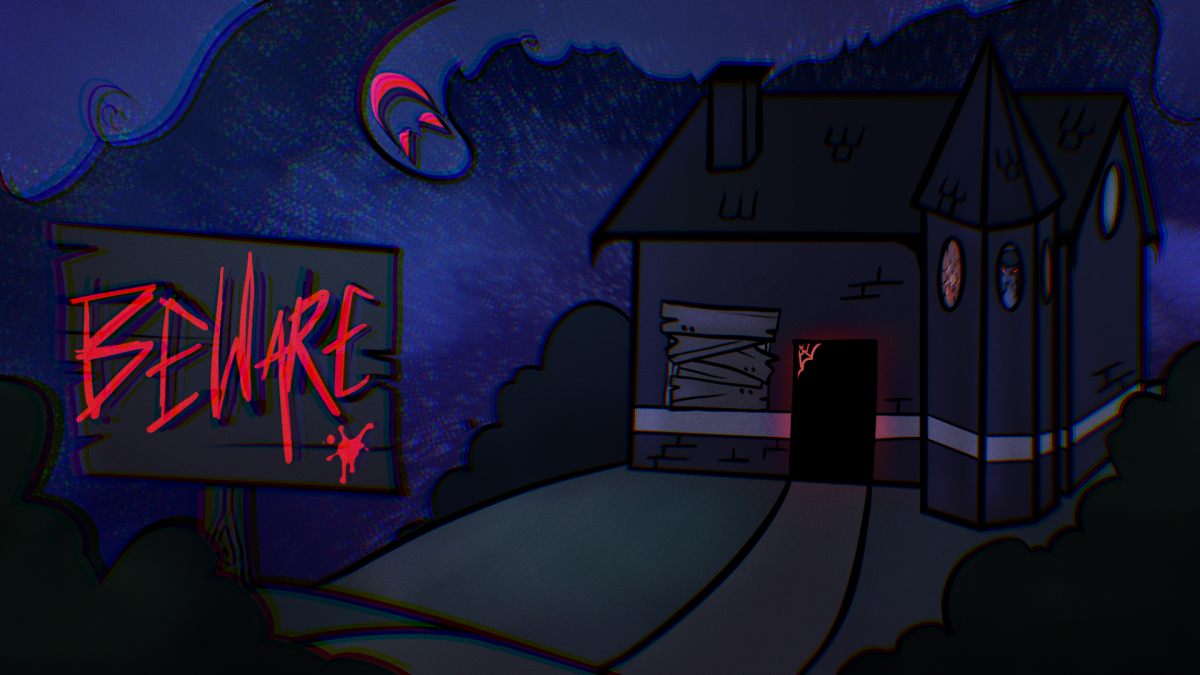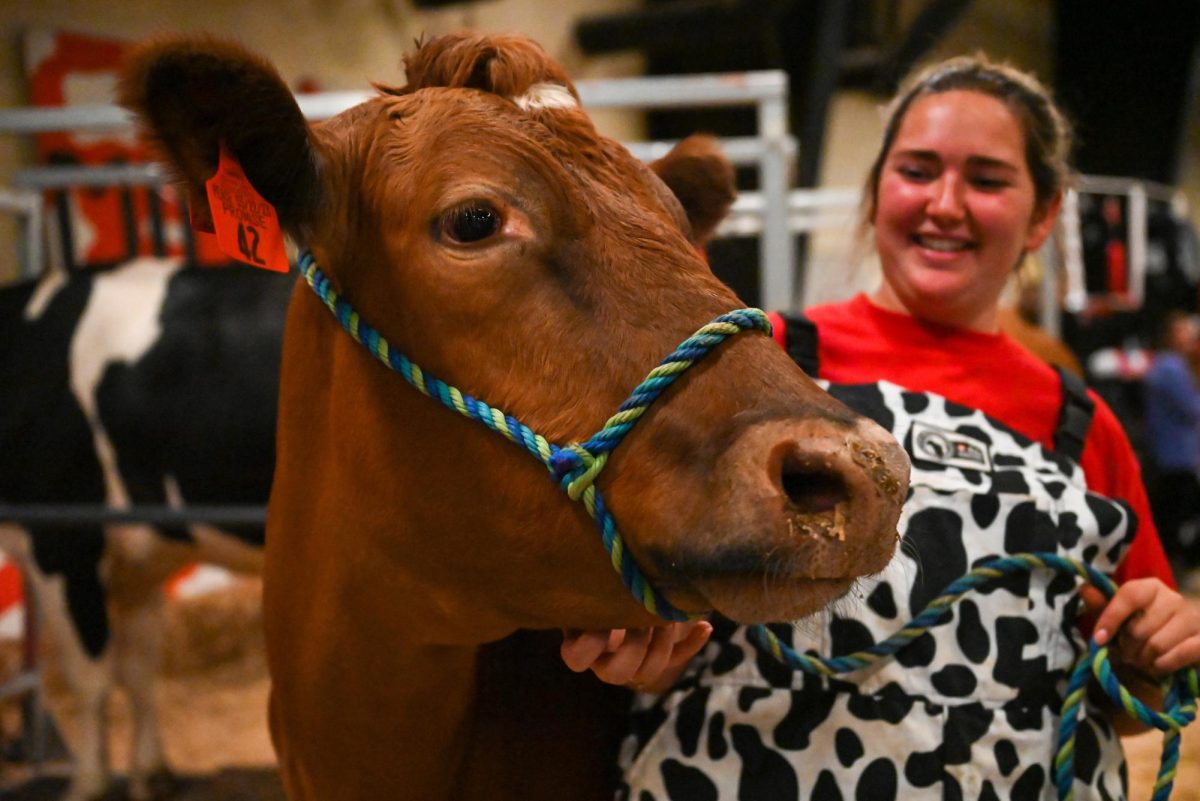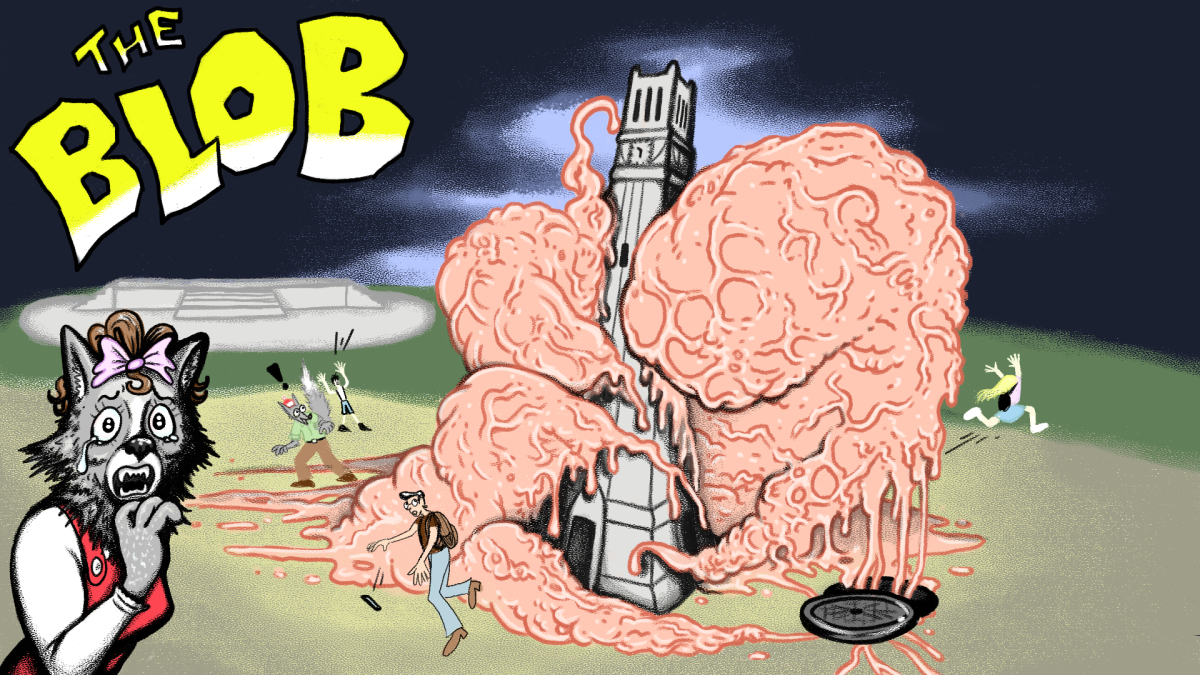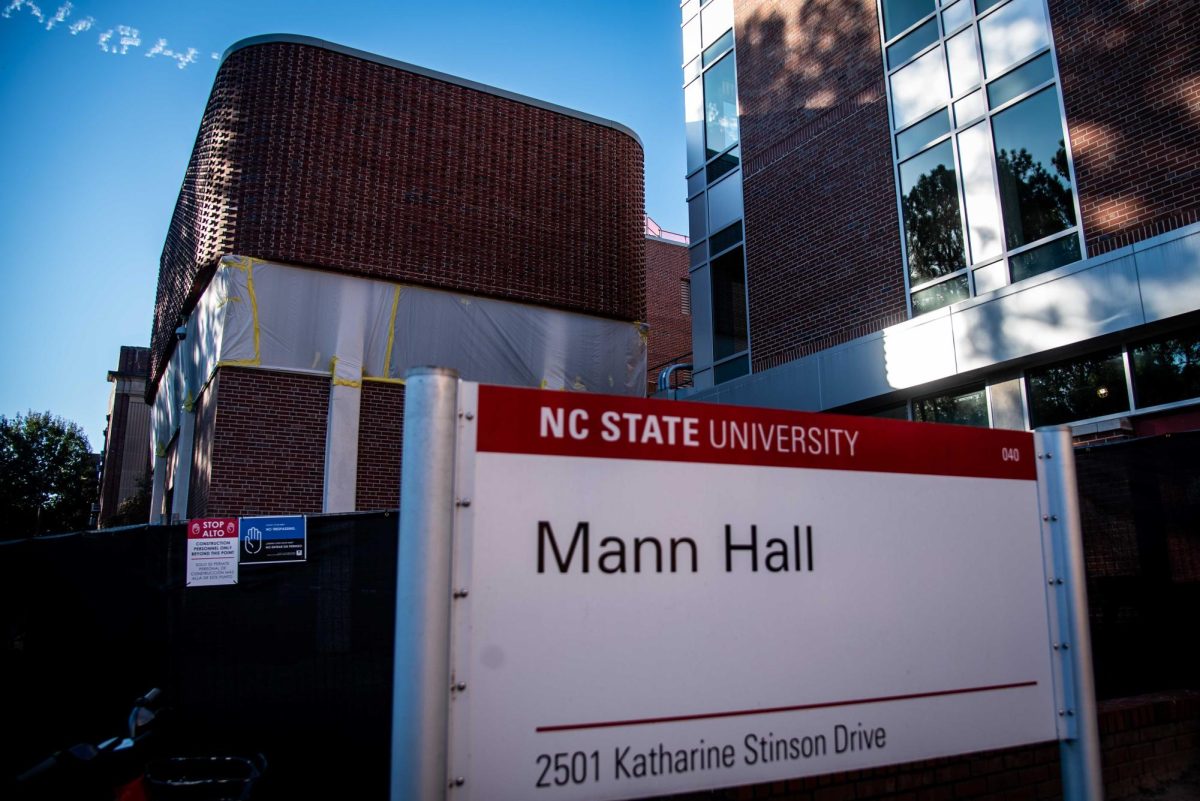As the Halloween season kicks into full swing, several haunted attractions around Raleigh are gaining popularity among locals and tourists alike. Here are three of Raleigh’s most haunted places.
The Spring Hill House
Located on Centennial Campus in Dix Park, the Spring Hill House was built in 1820. Col. Theophilus Hunter, the owner of the 5,000-acre plantation, passed the land to his son, Theophilus Hunter Jr., after he died.
The land continued to be passed down, eventually becoming Dorothea Dix Hospital in 1856, known for its complicated patient care and suffering.
Behind the property lies the 227-year-old grave of Col. Hunter. Many tourists and staff members have reported hearing unexplained noises in Spring Hill, such as doors slamming and babies crying.
There have also been several reports of orbs of light hovering over Hunter’s grave, and lights on in the windows after everyone has left.
Most reports have been of motion detectors in the house being triggered after all the staff have left for the day, summoning security guards back, with no trace of anyone in the house.
These alarms are most reported at the back door, and stories speculate it could be the ghost of Hunter, walking out the door, back to his grave.
The Capitol Building
The North Carolina Capitol building, built in the early 1830s, has been the subject of many speculations of hauntings and paranormal activity.
A crucial hub for North Carolina’s political and military power during the Civil War, the Capitol building has seen many tragedies over the years. The original building, called the State House at the time, was demolished by a fire in 1831.
This fire destroyed many of the original archives and records, including a statue of George Washington created by Italian sculptor Anna Canova, which was acclaimed for its beauty and workmanship.
Staff members report hearing unexplained noises after hours, such as doors opening and closing, voices and footsteps.
The third-floor library has had the most reports of paranormal activity, with visitors recalling a strange feeling upon entering, even without prior knowledge of the building’s haunted history.
This strange feeling has been credited to Gov. Zebulon Vance. Vance, an influential politician at the time who served in office during the Civil War, was known for his love of cigars. The building has since prohibited smoking, leaving the question of where the smell of cigars is coming from to be attributed to the spirit of Vance, lurking in the halls.
Paranormal investigators have reported seeing Civil War apparitions in the library, hearing wheezing sounds coming from hallways outside and even recordings of conversations on electronic voice phenomenon.
The Governor’s Mansion
Built in 1891, the Governor’s Mansion was first inhabited by Gov. Daniel G. Fowle, but according to locals, he never left.
Fowle was a widower when he came to office. His youngest was reported to like to climb into bed with him at night, and as Fowle was already of considerable stature, he commissioned a bigger bed for both of them to share and be comfortable in.
Years after Fowle’s death, Gov. Bob Scott took his place as governor, and when he came across this bed, he had it moved, as Scott was much taller than Fowle and he did not want to be uncomfortable when sleeping.
Shortly after the bed was removed, Scott claimed to hear an unexplained knocking coming from the walls of Fowle’s old bedroom, around 10 p.m. every night.
This knocking continued night after night, leading Scott to call maintenance to check the pipes, as he believed the issue was with the water lines.
Scott reportedly continued to believe this was the issue until Fowle’s daughter visited Scott one night, determined to meet each new governor as they took office. During her visit, she allegedly asked whether her father’s bed was still in his old room, attributing the strange knocking to his spirit.
The legend continues to this day, with visitors claiming to see apparitions of Fowle in the second-floor windows of the mansion, phantom gusts of wind and knocking on the walls.





